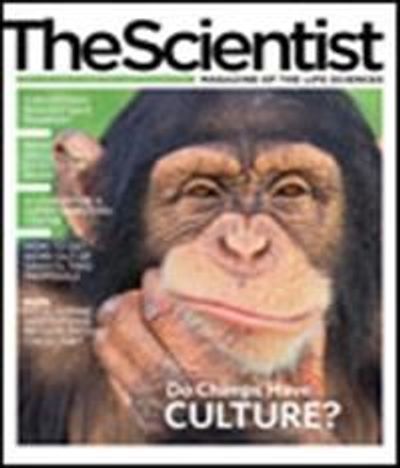
To uncover the inflammatory pathways involved in cell injury and death, Kenneth Rock at the University of Massachusetts and colleagues injected necrotic cells into mice deficient in various toll-like receptors and found that neutrophilic inflammatory response was not significantly reduced.
"It's one of the first [studies] to really start looking at the molecular basis of the recognition of dying self-cells," says David Kranz, immunology researcher at the University of Illinois, and a member of the Faculty of 1000. Surprisingly, Kranz says, toll-like receptors, Tlr2 and Tlr4, which are critical in inflammatory responses to infection, were not key players in the inflammatory pathways involved in cell...
Interested in reading more?
